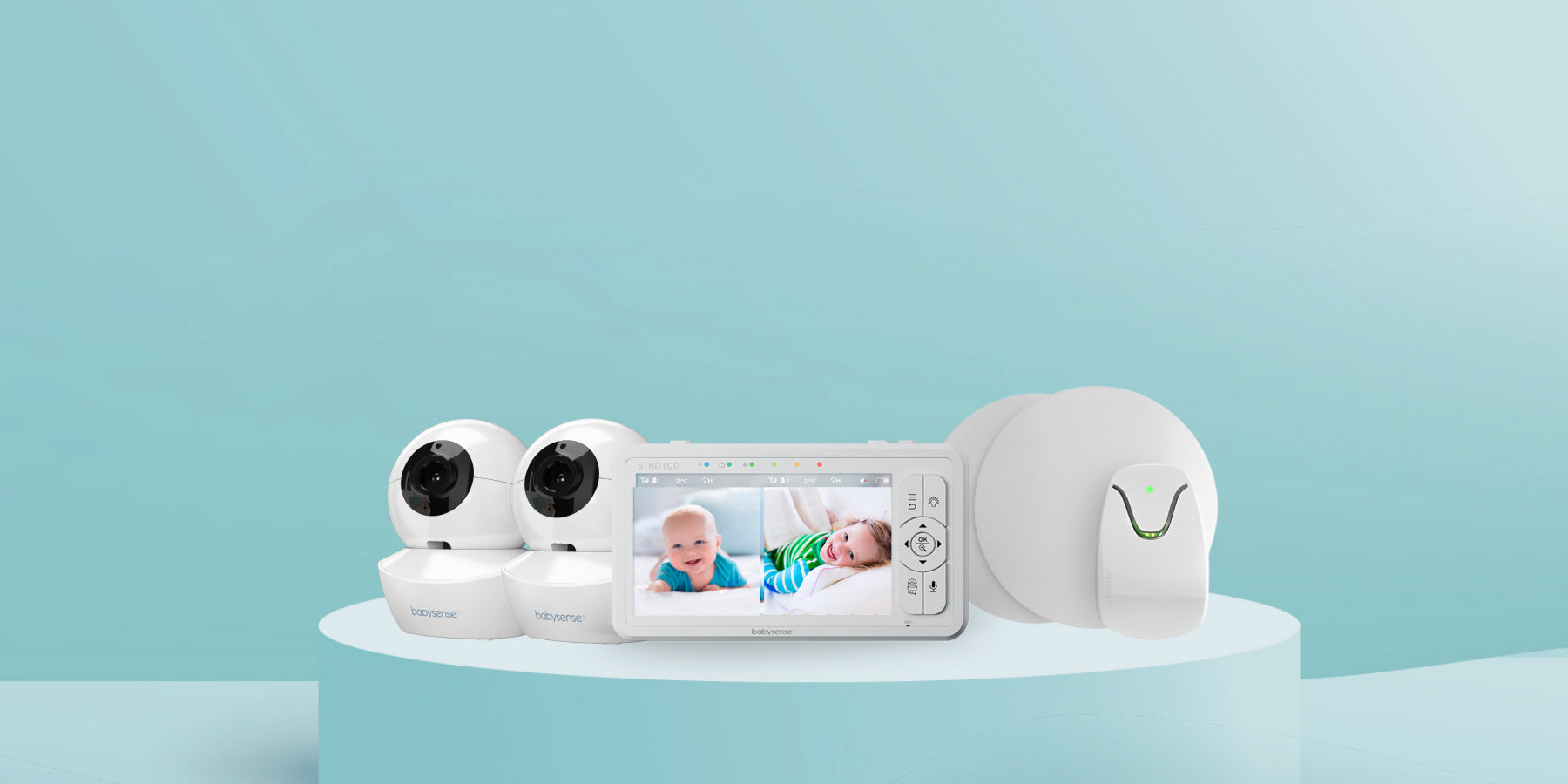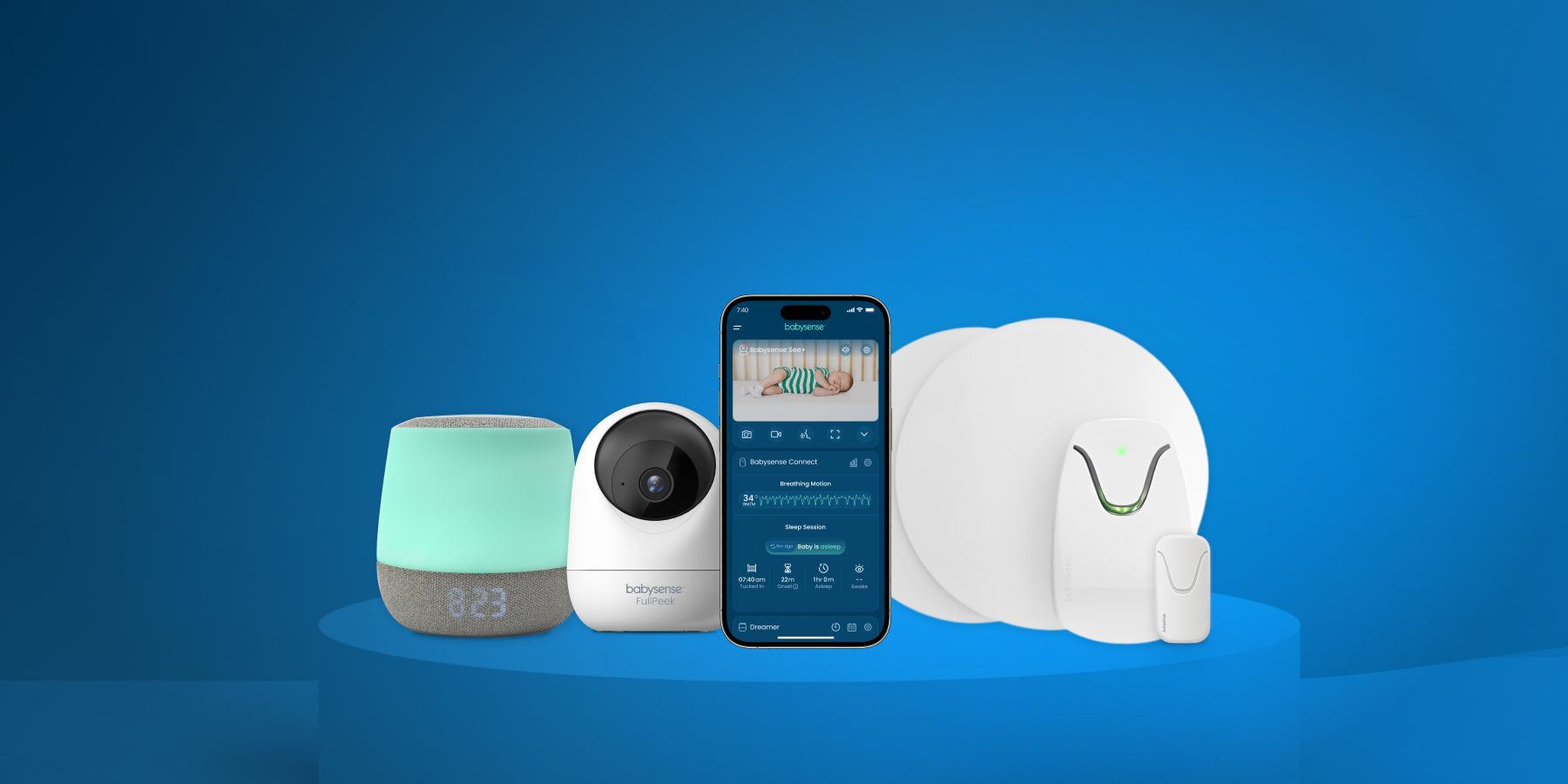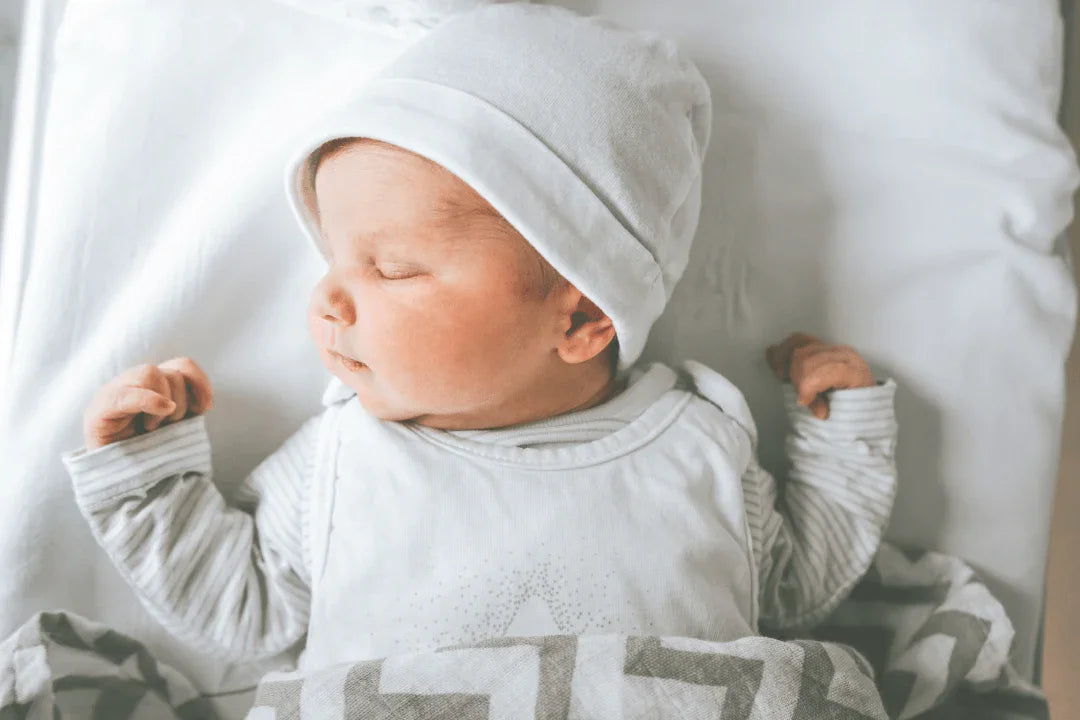The American Academy of Pediatrics (AAP) advises parents to keep their baby in the same room but not in the same bed for at least six months, and ideally up to one year. More recent studies suggest moving a baby to their own room around four months may improve sleep for both baby and parents. So, how long should your baby really sleep in your room?
The AAP Guidelines
In 2016, the AAP updated their infant sleep guidelines to reduce the risk of sudden infant death syndrome (SIDS) and other sleep-related deaths. Among the key points was room-sharing without bed-sharing.
The AAP recommends parents share a room with their baby for at least six months, ideally one year. This approach may lower SIDS risk, which is highest in the first half-year of life. The guidance also highlights related safe sleep practices: breastfeeding, back sleeping, pacifier use, and avoiding soft bedding.
The Study That Defies Them
In 2017, Pediatrics published a study suggesting that independent sleeping after four months led to better outcomes for some families.
Study Method
Researchers followed 230 families over 2.5 years. By four months, more than half of the infants were already sleeping in their own rooms, regardless of initial guidance. This allowed researchers to compare outcomes of room-sharing and independent sleepers.
Study Results
- Infants in their own room averaged 10.5 hours of sleep per night vs 10 hours for room-sharers.
- They slept for longer stretches (9 hours vs 8.3 hours).
- They were more likely to have consistent bedtimes.
- They were less likely to end up in their parents’ bed overnight.
By toddlerhood, those who slept independently by four months still averaged 45 minutes more sleep per night compared to those who room-shared longer.
The AAP Response
Dr. Rachel Moon, who helped draft the AAP guidelines, responded with caution. She noted that longer stretches of sleep may not always be ideal, since arousability could play a role in SIDS risk. She emphasized that consistent bedtime routines might be the underlying factor behind improved sleep, not necessarily the room arrangement itself.
Making an Informed Decision
Each year, about 3500 U.S. infants die from sleep-related incidents, including SIDS. While rare, these tragedies make safe sleep guidelines critical. Still, evidence supporting room-sharing beyond six months is limited, and the decision often depends on balancing SIDS prevention with family well-being.
Parents may also consider challenges like separation anxiety, which often begins around nine months and makes later transitions harder. For many families, transitioning between four and six months may be a practical compromise.
So, How Long Should Your Baby Sleep in Your Room?
The best timeline varies by family. If room-sharing is disrupting your rest or leading to unsafe habits like bed-sharing, moving your baby to their own room sooner may help. If it works well for your family, following the AAP’s year-long recommendation is also valid.
Using a reliable monitor, such as the Babysense Prisma non WiFi baby monitor, can support peace of mind when your baby moves to their own space.
Ultimately, discuss with your pediatrician to find the balance between safety, sleep quality, and family needs.
This article is for informational purposes only and is not a substitute for medical advice. Always consult your pediatrician about your baby’s sleep arrangements.





